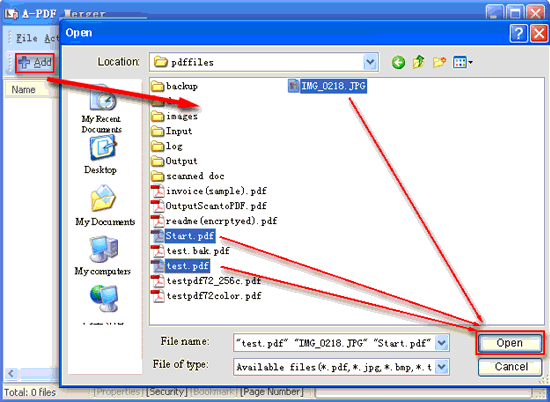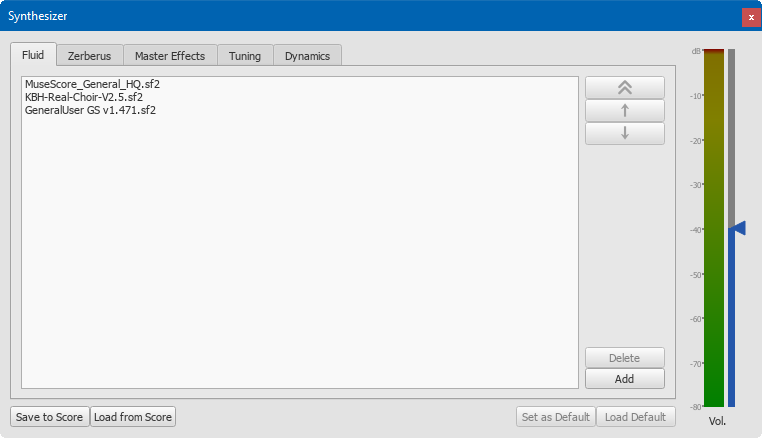
- #How to put multiple .sf2 files in one how to
- #How to put multiple .sf2 files in one mac os x
- #How to put multiple .sf2 files in one driver
- #How to put multiple .sf2 files in one software
- #How to put multiple .sf2 files in one free
#How to put multiple .sf2 files in one free
Hard Disk: 500 MB or more free hard disk space is strongly recommended, especially for recording.RAM: 1 GB or higher, to use other applications while keeping Arachno SoundFont loaded in RAM permanently.CPU: Intel Pentium 4/D/Core or AMD Athlon/Phenom, 1 GHz or better.
#How to put multiple .sf2 files in one software
#How to put multiple .sf2 files in one driver
You'll need more to use it with a software synthesizer like SynthFont, BASSMIDI Driver or VirtualMIDISynth Hard Disk: the decompressed SoundFont file requires 150 MB of free hard disk space.RAM: 256 MB (if you load Arachno SoundFont only when you need it) or 512 MB (if you want to load Arachno SoundFont while using other applications simultaneously).CPU: Intel Pentium III/Celeron/M or AMD Athlon/Duron, 450/500 MHz (for a desktop processor).

These requirements are based on my own experience with SoundFont hardware and software, and should be quite realistic. Here is a list of what you will need to use Arachno SoundFont on your computer.

If you have ANY suggestion to do on this particular point, even for the most ridiculous language glitch, don't hesitate to do so! See Contact me. As I'm French, English is not my native language. If you want to use it for commercial purposes, please obtain a written consent from the original authors credited in the Preset list and Copyright information and credits sections.Įnglish-speaking readers, please note that this documentation may contain much grammar, syntax or other language mistakes. But, please be aware that this bank is primarily distributed for private, non-commercial purposes only, as it uses portions from other authors. You're free to use Arachno SoundFont in any of your projects. I hope that the authors of the uncredited samples will pardon me! Everything is described under the huge Preset list section below. Writing this document was mandatory for me, as most portions of this bank actually come from other sources (SoundFont and GigaSampler libraries, third-party synthesizer samples) that deserved to be credited properly, although I've been unable to remember where I found a few presets and samples, here and there. After leaving this bank unmodified for over three years (since May 17, 2007) for many reasons, I finally found the time to write this documentation and release it for the first time on the internet, as "freeware" work. Acquiring solid SoundFont editing experience over the years, I replaced many of its original presets with new samples and instruments from various sources, giving birth to my own custom SoundFont bank, Arachno SoundFont. This SoundFont project has first started somewhere in mid-2003, as a modified version of the Magic SoundFont, by Dennis Deutschmann, for my own MIDI listening purposes.
#How to put multiple .sf2 files in one how to
This documentation will explain you how to use Arachno SoundFont bank, from loading it into your SoundFont synthesizer, to the playback and recording of MIDI files. Sound Blaster Live!/Audigy/X-Fi) or software (like SynthFont, BASSMIDI Driver or CoolSoft VirtualMIDISynth). It's meant to be used with a SoundFont 2.x-compatible MIDI synthesizer, either hardware (e.g. Layout inspired by Luke Sena's Titanic SoundFont manualĪrachno SoundFont is a General MIDI-compliant bank of 128 instruments ("presets") and 9 GM/GS drum kits, aimed at enhancing the realism of your MIDI files and arrangements.


#How to put multiple .sf2 files in one mac os x


 0 kommentar(er)
0 kommentar(er)
